Anton Vrba
Ryde. UK
The 19th century natural philosophers conceptualised of an electric fluid. With the discovery of the electron by J.J. Thomson in 1897 the electric fluid had now physical meaning. Soon afterwards an explanation for electric currents in solids as electron drift (and ion drift) [cite source=’doi’]10.1002/andp.19003060312[/cite] was proposed. (see wikipedia’s Drude model) Today this remains the accepted explanation; the migration or drift of charged particles, be it electrons, protons, or molecular ions is the accepted explanation to physically explain electric current.
A thought experiment
Thought experiments are powerful tools to scientists. They allow developing new theories; for example, Einstein used an accelerating elevator and imagined reality within it to derive the general theory of relativity. Similarly, thought experiments can falsify a theory if the path of reasoning ends in a conflict. This is a known tool for mathematicians: Reductio ad absurdum (Latin: “reduction to absurdity is a common form of argument which seeks to demonstrate that a statement is true by showing that a false, untenable, or absurd result follows from its denial. Alternatively, in turn to demonstrate that a statement is false by showing that a false, untenable, or absurd result follows from its acceptance.
For now, let us accept: An electric current is a flow of electric charge. We design an experiment to test the statement: In electric circuits, electrons carry this charge.
For the purpose of the experiment, we construct a test capacitor surrounded by a shielding capacitor sketched in Figure 1; each charged by an independent and isolated voltage source both set to an identical voltage. Any local perturbations of the shielding capacitor’s electric field has negligible effect on the test capacitor. The electric flux lines of the test capacitor (shown in green) remain vertical and straight. (For brevity, in later figures the shielding capacitor is assumed but not shown.)
We use such a test capacitor to conduct our experiment. While charging the test capacitor C, placed in vacuum, to a voltage An electric field
is established between the plates. The plates carry a charge
; alternatively, the charge
is determined by integrating the charging current over time. Between the plates, no electrons can cross the vacuous gap and Maxwell’s displacement current models the current in the vacuum.
We infer that one plate has an excess of electrons, were
is the elementary charge of an electron, the other plate a deficiency of the same amount, no electron’s crossed the vacuous gap. Figure 2 sketches this charged capacitor.
We now use this capacitor as a particle accelerator. To isolate the charged particles from the circuitry we inject parallel to the plates a particle beam with a positive charge, say protons. It has initial velocity, in the direction
and particle density
per second. Between the capacitor plates, the opposite charged plate attracts the particles, so they gain velocity in the
direction. Hence the particle velocity on exiting is
and gain kinetic energy
where
is the mass of the particle; momentum in
direction is preserved.
A current starts to flow in the circuit. Balancing the electrical power with the mechanical power; we have
, where K is the gain in kinetic energy of each particle and N the particle density measured as particles per second. The gain in kinetic energy is also given by
where
is the charge on the particle and
&
are the electric potentials at the entry and exit points, respectively. If the particle beam were so angled that the particles decelerate, current
would flow in the opposite direction.
Referencing Figure 3, and using the contemporary paradigm, the electrons necessary as charge carriers for the current would then continue amassing on the plate. Apart from being a physical impossibility, it also contradicts the definition for charge on a capacitor
Conclusion
Above thought experiment decisively demonstrates that the Drude-Sommerfeld model for electric current is absurd. These findings could be a deal breaker for the Standard Model. The concept of particle charge and electric charge must be rethought; they may have unrelated underlying phenomena with the ability to interact with each other. Further, all theories for conduction in semiconductors, superconductors, plasma-physics, electrochemistry, etc. are now questionable and must be reworked once the true nature of electric charge is discovered.
CONCLUDING NOTE: The argumentation presented above is based on knowledge that was available in 1900 to Paul Drude and his contemporaries. Also, today in 2016 on a daily basis megawatts of electricity are consumed at facilities like the large hadron collider accelerating particles to near speed of light. CERN scientist boast cutting edge technology — as an engineer I admire their technical achievements, but this admiration cannot be extended to their theoretical prowess — these same experts can’t can’t see the forest for the trees.
Joseph John Thomson (1856-1940), Professor of Physics at the Cambridge University, proved in 1897 that Cathode rays were streams of particles (corpuscles) that carried a negative charge and were 2000 times lighter than the hydrogen atom and called electrons. He used his new developed CRT to measure the mass to charge m/e ratio. Below a sketch from his original paper.

And here is a picture of the original tube. (Photo credit http://www.crtsite.com/)
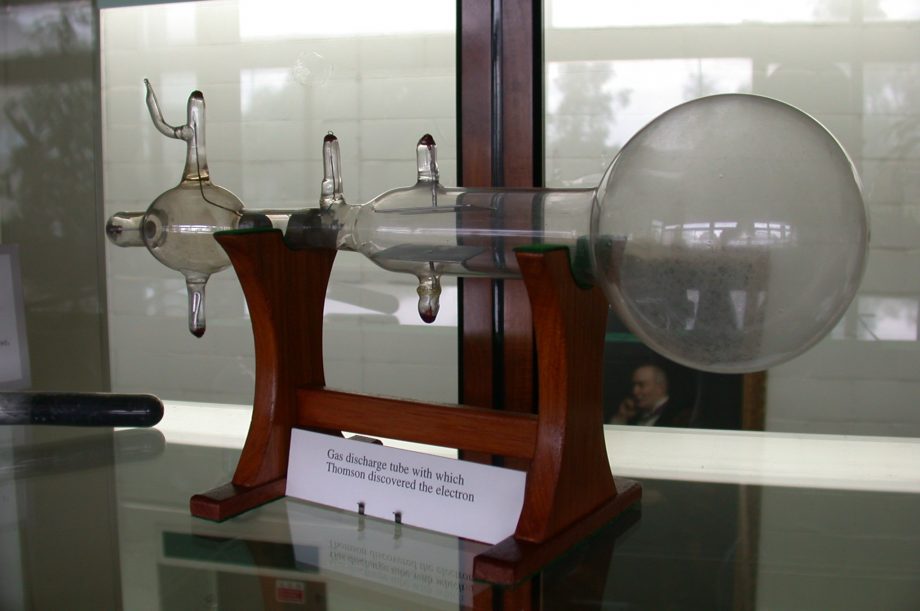
Below a picture of a commercial cathode ray tube of 1935. (Photo credit http://www.crtsite.com/)
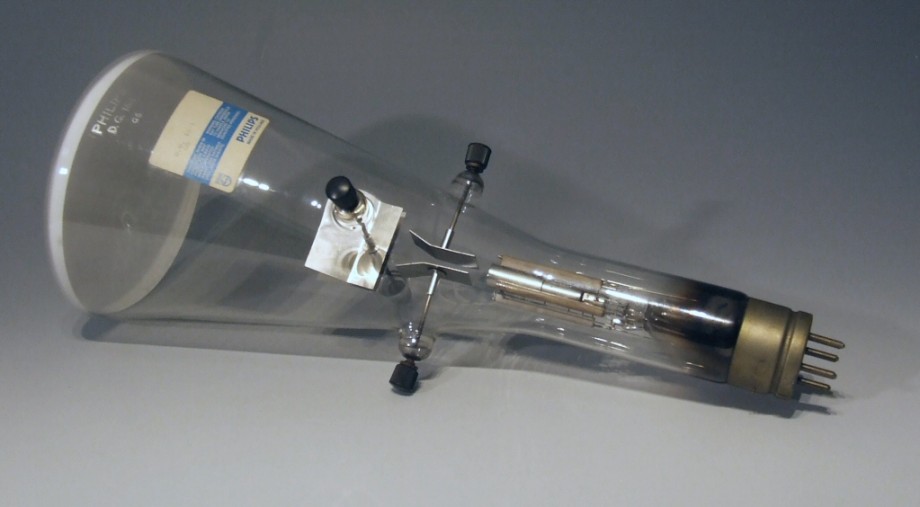

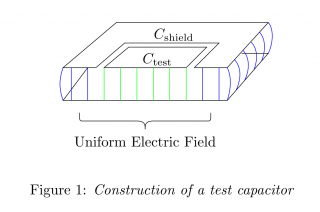
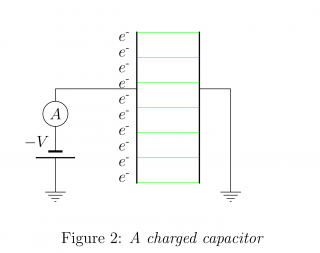
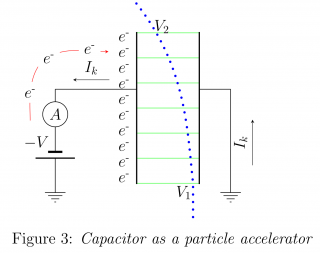
You must be logged in to reply to this topic.